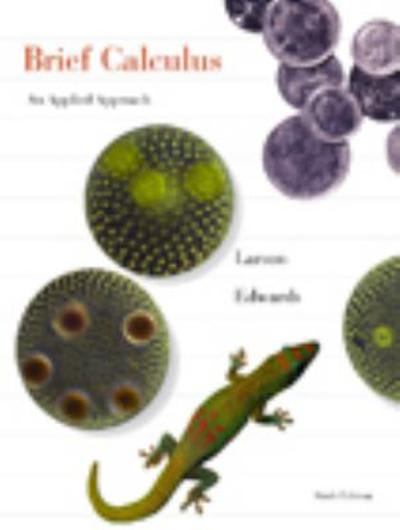Question
For questions 1-7, refer to the following information:A clinical trial is underway to test the efficacy of a new drug that has shown promising results
For questions 1-7, refer to the following information:A clinical trial is underway to test the efficacy of a new drug that has shown promising results in lowering A1C in order to be cured from diabetes. The new drug is compared to a standard drug in a study involving adult participants. The primary outcome is whether or not A1C is lowered enough for a patient's diabetes to be "cured" after 4 weeks on the assigned drug. The data are summarized in the following table. Using a 0.05 significance level, answer the questions below.(7 points)
SAS Output
FrequencyCured of diabetesExpectedCell Chi-SquareYesNoTotalNew drug267410037633.27BStandard drug4852100A633.271.9206Total74126200
Q 1
Question 1
What are the most appropriate null and alternative hypotheses?(1 point)
Select one:
a. H0: Receipt of new drug and treatment of diabetes a uniform distribution
H1: Receipt of new drug and treatment of diabetes do not follow a uniform distribution
b. H0: Receipt of new drug and treatment of diabetes are independent
H1Receipt of new drug and treatment of diabetes are dependent
c. H0: Receipt of new drug and treatment of diabetes drug are dependent
H1: Receipt of new drug and treatment of diabetes are independent
d. H0: There is no linear correlation between receipt of new drug and treatment of diabetes
H1: There is a linear correlation between receipt of new drug and treatment of diabetes
e. None of the above
Q 2
Question 2
What type of test should we perform to test the null hypothesis?(1 point)
Select one:
a. Goodness-of-fit test for multinomial experiments
b. Fisher's exact test
c. Pearson's chi-square test of independence
d. McNemar's test
e. Test of no significant linear correlation
Q 3
Question 3
What is the expected frequency for those used the standard drug and were cured from diabetes (labeledAin the output table)?(1 point)
Select one:
a. 15
b. 74
c. 37
d. 100
e. 48
Q 4
Question 4
What is the contribution to the overall test statistic of the cell corresponding to those who used the new drug and but their diabetes did not get cured (labeledBin the output table)?(1 point)
Select one:
a. 0.56
b. 1.92
c. 0.32
d. 14.43
e. 6.84
Q 5
Question 5
What is the value of the test statistic?(2 points)
Select one:
a. 1.92
b. 4.19
c. 10.68
d. 10.38
e. Cannot be determined with the given information
Q 6
Question 6
How many degrees of freedom does this test statistic have?(1 point)
Select one:
a. 1
b. 2
c. 5
d. 199
e. This test statistic does not use degrees of freedom
Q 7
Question 7
Given thep-value corresponding to the test statistic in (5) is <0.005, what is your conclusion regarding H0?(1 point)
Select one:
a. Because 0.005 > 0.05, we reject H0and conclude there is not sufficient evidence to support the claim that the new drug is effective in treating diabetes.
b. Because 0.005 < 0.05, we reject H0and conclude there is sufficient evidence to support the claim that the new drug is effective in treating diabetes.
c. Because 0.005 > 0.05, we fail to reject H0and conclude there is not sufficient evidence to support the claim thatthe new drug is effective in treating diabetes.
d. Because 0.005 < 0.05, we fail to reject H0and conclude there is sufficient evidence to support the claim that the new drug is effective in treating diabetes.
e. We cannot directly compare 0.005 to 0.05. Instead we need to compare 0.59 to a critical value.
Step by Step Solution
There are 3 Steps involved in it
Step: 1

Get Instant Access to Expert-Tailored Solutions
See step-by-step solutions with expert insights and AI powered tools for academic success
Step: 2

Step: 3

Ace Your Homework with AI
Get the answers you need in no time with our AI-driven, step-by-step assistance
Get Started


